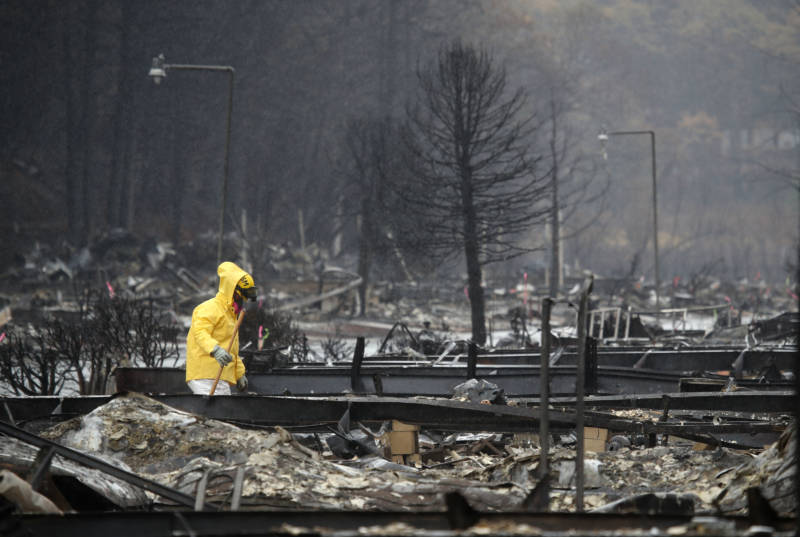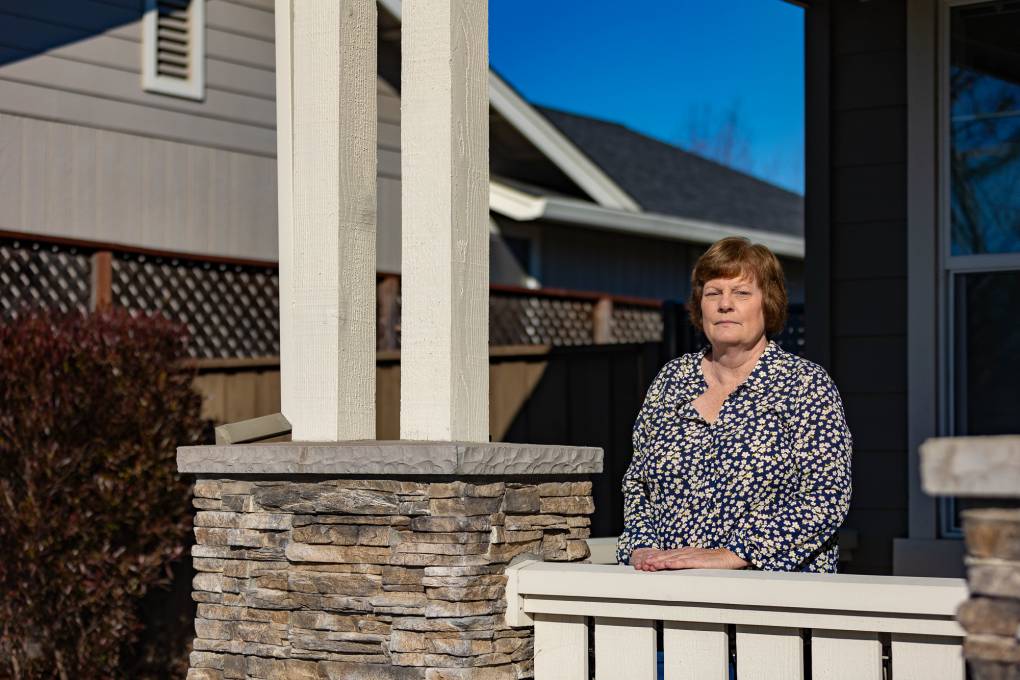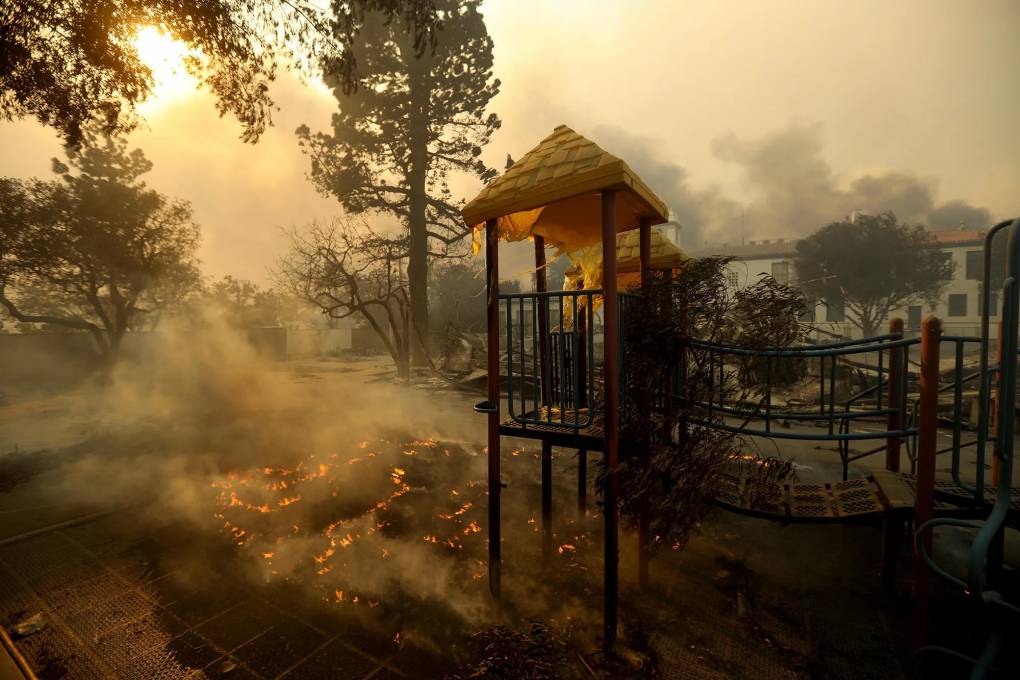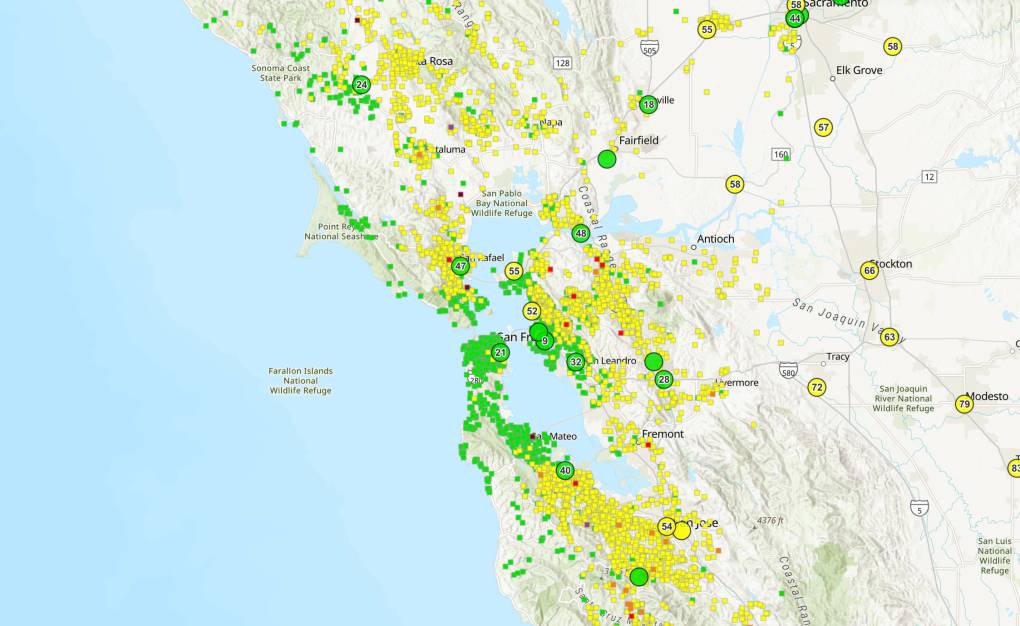Most of the damages relate to the Camp Fire, which killed 85 people and destroyed nearly 19,000 buildings.
“While last year’s tragic wildfires turned thousands of people’s lives upside down, insurance is helping to rebuild and recover,” Lara said in a news release during Wildfire Preparedness Week.
California experienced some of the deadliest and most destructive wildfires in its history in 2017 and 2018. A series of sweeping fires in late 2017 had been the most expensive, with claims topping $11.8 billion.
The increasing destruction is making it harder and more costly for people to obtain homeowners insurance.
The insurance department has started collecting data on policy non-renewals to better assess patterns and locations where coverage is being dropped, Lara said earlier this year.
“Wildfire has long been part of California’s landscape and insurers understand that California faces major wildfire risk,” said Nicole Mahrt-Ganley of the American Property Casualty Insurance Association, which represents about 60 percent of the nation’s property casualty insurance market. “Insurers are still operating in this competitive and stable insurance market.”
She said in her emailed statement that California homeowners should take steps to mitigate fire damage, such as updating their coverage and creating defensible space around their homes.
When insurers decline to renew policies, state law requires them to notify customers about other options. The state has a pooled insurance plan of last result known as the “FAIR plan.”
California lawmakers are grappling this year with ways to address the cost and destruction of wildfires.
Pacific Gas & Electric Corp., the state’s largest utility, filed for bankruptcy in January, saying it could not afford potentially tens of billions of dollars in liability costs related to fires.
State law makes utilities financially liable for damages from wildfires caused by their equipment, even if they aren’t found to be negligent.
One legislative proposal would create a fund for catastrophic wildfires that utilities, insurers and underinsured people could tap to help pay for damages.
Legal and financial experts hired by Gov. Gavin Newsom suggested a fund as big as $40 billion to help cover costs.
However, if wildfire losses continue to be as large in future years as they were in 2017 and 2018, a $40 billion fund would not be large enough, said Nathan Pollak, a consultant with Filsinger Energy Partners.
Newsom has not endorsed any particular ideas but suggested lawmakers consider creating a fund or changing the liability standard for utilities.



